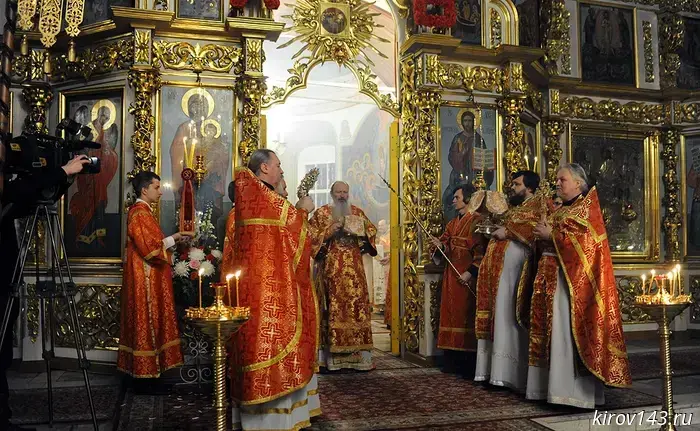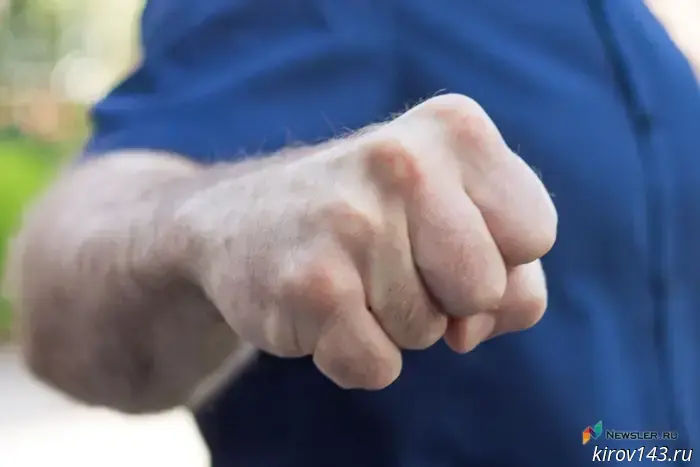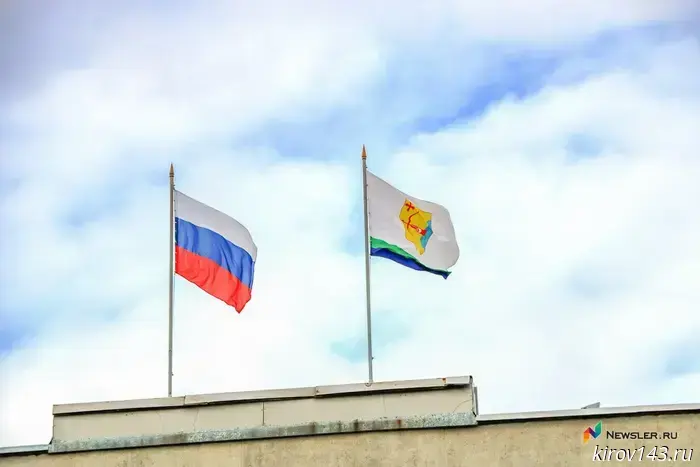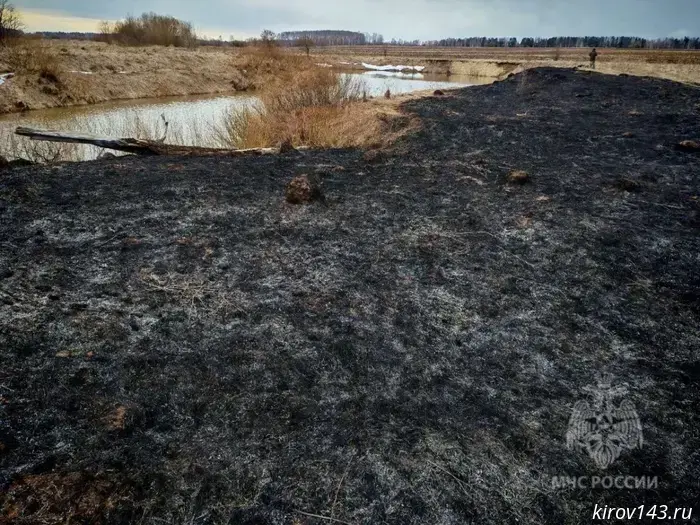
From Palm Sunday to Easter: Deep symbols, history and traditions
Palm Sunday: The Celebration that changed History
The event described in the four Gospels (Matthew 21:1-11, Mark 11:1-11, Luke 19:28-44, John 12:12-19) occurred six days before Easter. Jesus, knowing of the coming sufferings, rode into Jerusalem on a young donkey, fulfilling the prophecy of Zechariah: "Say to the daughter of Zion, 'Behold, your King comes to you, meek, and sitting on an ass, and on a young donkey, the son of the subterranean'" (Zech. 9:9). Crowds of people, spreading palm branches and robes, greeted Him as the Messiah, exclaiming: "Hosanna to the Son of David!".The symbolism of the holiday
Willow (in the Nordic countries instead of palm trees) is a symbol of life and purification. The branches are consecrated in temples and kept in houses as a talisman. On this day, believers bring willow branches to temples to illuminate them.
Holy Week: The Path to the Cross and Resurrection
Holy Week begins on April 14 — seven days dedicated to the memories of the last days of Jesus' earthly life. Every day is filled with deep spiritual meaning.
Monday: The Gethsemane Sufferings
I remember the prayer of Christ in the Garden of Gethsemane, where, anticipating the tribulation, He prayed: "My Father! If it is possible, let this cup pass from me" (Matthew 26:39). At the morning service, prophecies about the sufferings of the Savior are read.
Tuesday: Parables and Warnings
The Gospel tells about the parables of Christ:
About the evil vinedressers (Matthew 21:33-46) — about the ingratitude of mankind.
About the ten virgins (Matthew 25:1-13) — about their readiness to meet the Lord.
On this day, believers recite the Great Penitential Canon, a prayer for the forgiveness of sins.
Wednesday: The Betrayal of Judas
The day when Judas Iscariot agreed with the high priests to betray him for 30 pieces of silver (Matthew 26:14-16). In the evening, a Litany prayer is served with a petition for protection from evil.
Holy Thursday: The Last Supper
Washing the feet — Christ washed the disciples' feet, setting an example of humility (John 13:1-17).
The establishment of the Eucharist — at the Last Supper, Jesus broke bread and served wine, saying, "This is my Body... this is my Blood" (Luke 22:19-20).
The Lord's Supper is celebrated in churches. with the reading of the 12 Gospels about the Passion of Christ.
Good Friday: Crucifixion and Death
The saddest day of the year. The removal of the Shroud — an icon depicting Christ taken down from the Cross, is solemnly transferred to the center of the temple.
Worship of the Cross — believers kiss the crucifix, remembering the sacrifice of the Savior.
Strict fasting — even vegetable food and water are excluded before taking out the Shroud.
Holy Saturday: Silence before a miracle
The day when Christ was in the tomb. In the evening, the Easter Matins begins with the singing of "Christ is risen from the dead ...". At midnight, the temples are illuminated with light — a symbol of victory over death.Easter: Sunday, traditions and cooking
On April 20, the Bright Resurrection of Christ begins, a holiday that lasts for 40 days.
Easter dishes: Symbols and recipes
Kulich. Its tall shape resembles the Holy Sepulchre, and the vanilla fragrance is the fragrance of eternal life.
Recipe: yeast dough with raisins, candied fruits, almonds. It is decorated with powdered sugar or icing.
Easter is a curd dish, with its pyramid shape it represents the Tomb of Christ, and the white color is purity.
Recipe: cottage cheese is mixed with cream, sugar, vanilla, and shaped into a truncated pyramid.
Another mandatory attribute of the Easter table is painted eggs. The traditional deep red color obtained by boiling them in onion husks is a symbol of the blood of Christ, and the shell is a seal on the tomb. By tradition, they are consecrated in the temple. By the way, in many families, children and adults play "cue ball" — they collide eggs to determine the "winner".
Meat and fish — after a strict fast, meat and fish dishes may appear on the table.
Rituals and customs
Easter Greeting: "Christ is risen! "He is truly risen!"
Consecration of cakes: on Holy Saturday, believers bring baskets of food to the temple.
Radonitsa — in the second week after Easter, the dead are commemorated by decorating graves with eggs and cakes.
From humility to victory
The journey from Palm Sunday to Easter is not just rituals, but a journey from humility to spiritual renewal. Every tradition, whether it's a consecrated willow or an Easter cake, recalls the main miracle of Christianity.: death does not have the last word, and love and sacrifice overcome evil.
This period calls for reflection, gratitude and unity with loved ones at the festive table, the Podmoskovye Segodnya portal reports.
Другие Новости Кирова (НЗК)
 The Russian Guard was called to the fighting Kirov residents
On Saturday, April 5, two men fought in the center of Kirov.
The Russian Guard was called to the fighting Kirov residents
On Saturday, April 5, two men fought in the center of Kirov.
 Birth rates and divorces decreased in the region in January
According to Kirovstat, in January 2025, the death rate exceeded the birth rate by more than two times.
Birth rates and divorces decreased in the region in January
According to Kirovstat, in January 2025, the death rate exceeded the birth rate by more than two times.
 In the Kirov region, it was forbidden to drive on the bridge over the Luza River
A ban on the use of the bridge is imposed during the flood.
In the Kirov region, it was forbidden to drive on the bridge over the Luza River
A ban on the use of the bridge is imposed during the flood.
 An abandoned cigarette butt burned 750 "squares" of grass
A landscape fire occurred in the Yaransky district of the Kirov region.
An abandoned cigarette butt burned 750 "squares" of grass
A landscape fire occurred in the Yaransky district of the Kirov region.
From Palm Sunday to Easter: Deep symbols, history and traditions
On April 13, 2025, Orthodox Christians around the world will celebrate Palm Sunday, a holiday dating back to the evangelical events of the triumphal entry of Jesus Christ into Jerusalem. This celebration not only opens Holy Week, but also becomes a bridge to Easter, the culmination of the church year.
